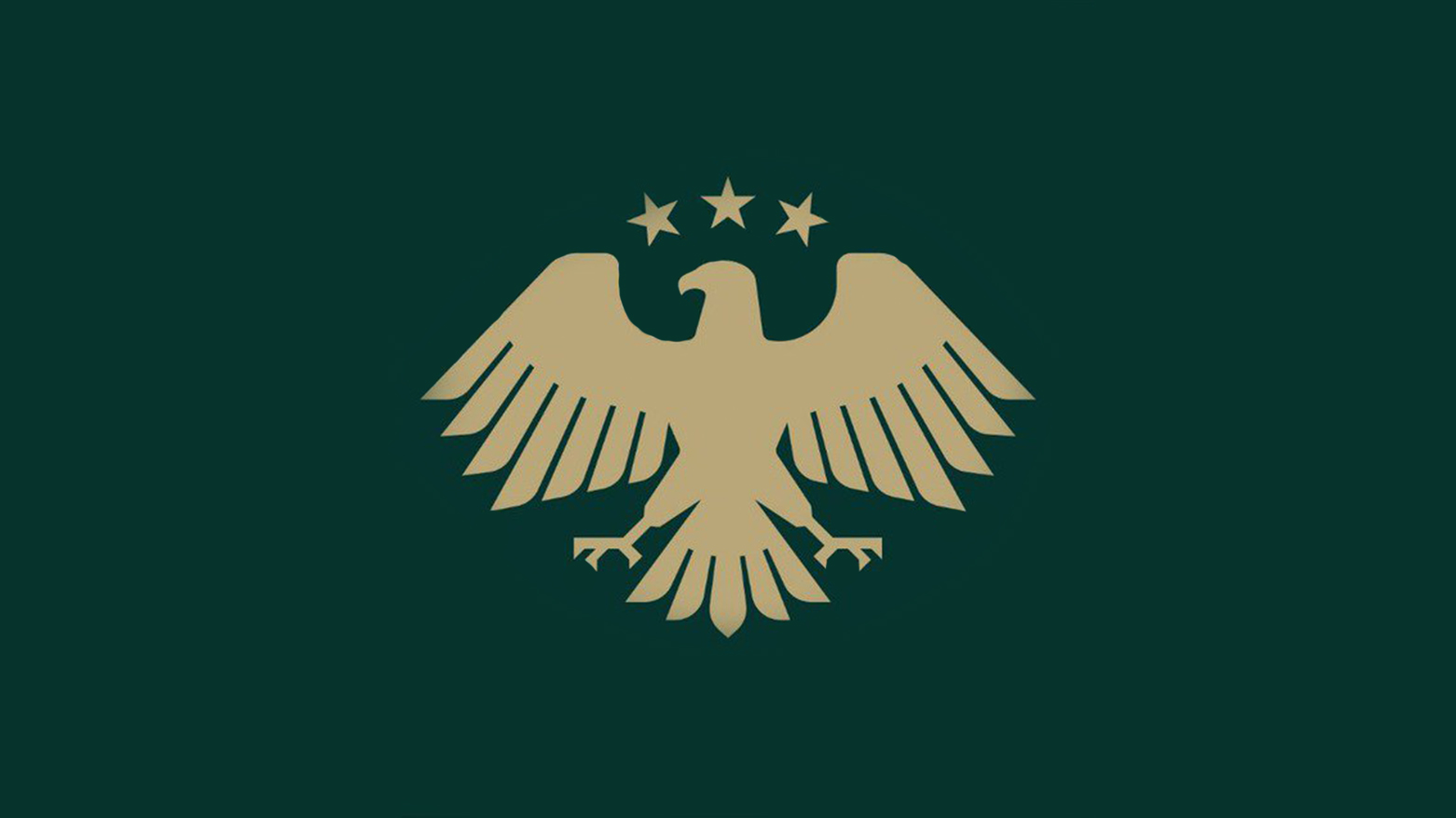What does Syria's new logo mean?
Syria unveils new national emblem featuring historic eagle with 3 stars (symbolizing the Syrian flag) and 5 tail feathers (representing the 5 regions in Syria) The 14 feathers on the wings refers to the 14 Syrian Gov. Design reflects post-Ba'ath era values: unity, diversity & modern statehood.

By Ahora Qadi
ERBIL (Kurdistan24) – Syrian President Ahmad al-Sharaa on Thursday officially launched a new visual identity for the Syrian state, sparking widespread interest and debate about the symbolic meaning and political message embedded in the new national emblem.
In a speech delivered during a formal unveiling ceremony, al-Sharaa declared that the new identity represents a Syria that “does not accept fragmentation or division — a unified and indivisible Syria.”
Symbolism of the New Emblem
The eagle, which has been the symbol of the Syrian Republic since 1945, before the start of the Ba'ath Party's fifty-year rule, forms the basis for the new emblem, with modifications.
Three stars have been added above the eagle, representing "the liberation of the people," according to a statement from the Ministry of Information. The 14 feathers on the wings refers to the 14 Syrian governorates, the five feathers also dangle from the eagle's tail, representing the five regions of Syria: the north, east, west, south, and central.
The ministry stated that this new emblem carries five messages, including "the new state... a modern state emerging from the will of its people," in addition to "the unity of Syrian territory," and "a new national contract defining the relationship between the state and the people."
Al-Sharaa emphasized that this new emblem reflects “a homeland that draws strength from its cultural and ethnic diversity, which is a source of enrichment, not division.”
A Vision for the Future: Power Through Diversity
“The identity we launch today speaks for all Syrians,” al-Sharaa said in his address. “It reflects a nation that has endured pain, exile, and struggle — but whose time for resurgence has come.”
He continued, “The tale of Damascus continues through you. History now tells that the era of your decline is over, and your time of rise has arrived. Your blood was not spilled in vain. Your suffering has been heard. Your exile is over. Your prisons have been broken. Your patience has borne victory.”
Reclaiming Syria’s Global Role
Al-Sharaa described the identity as a “symbol of a new historical phase,” one that derives its qualities from the bird of prey — “drawing strength, determination, speed, precision, and creativity in performance.”
He affirmed that the identity seeks to rebuild the Syrian citizen, restore Syria’s long-eroded sense of self, and end the cycle of displacement and insecurity. “We aim to return confidence, dignity, and Syria’s rightful place on the regional and global stage,” he said.
A State Reimagined
This national rebranding arrives at a pivotal moment in Syria’s post-conflict transition. With the fall of the previous regime and the ushering in of a transitional administration, the government has sought to project a message of unity, strength, and renewal — beginning with the symbols that represent the state itself.
For many observers, the new emblem marks a turning point in how Syria wishes to portray itself at home and abroad: no longer as a fractured nation in turmoil, but as one rooted in resilience, defined by diversity, and determined to chart a new course forward.
